The “Making Space for Girls” challenge Part 2 is a partnership between SpaceKids Global, a Florida-based, non-profit established to use space exploration to engage children in STEAM learning and the Girl Scouts of Citrus Council.
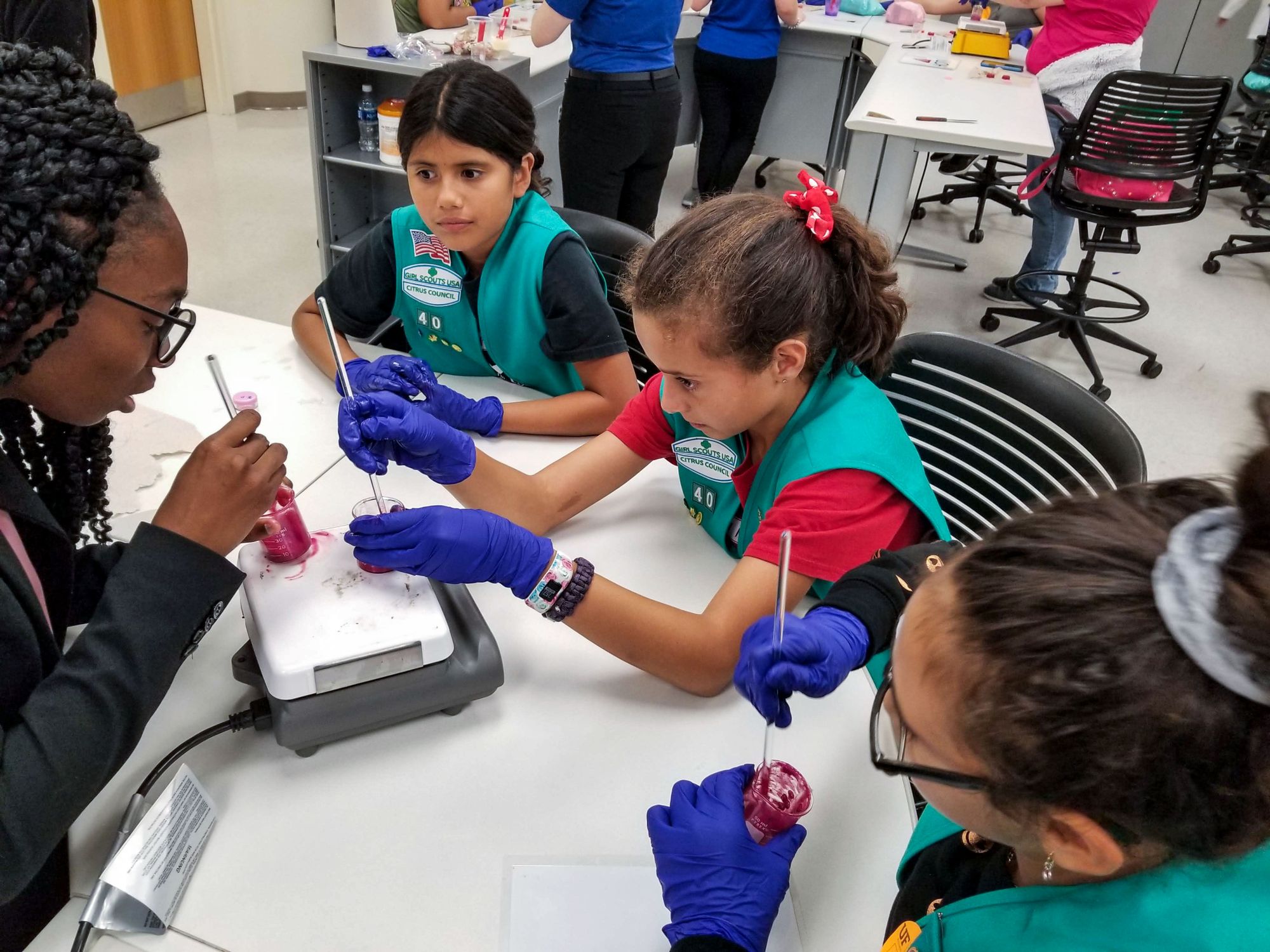
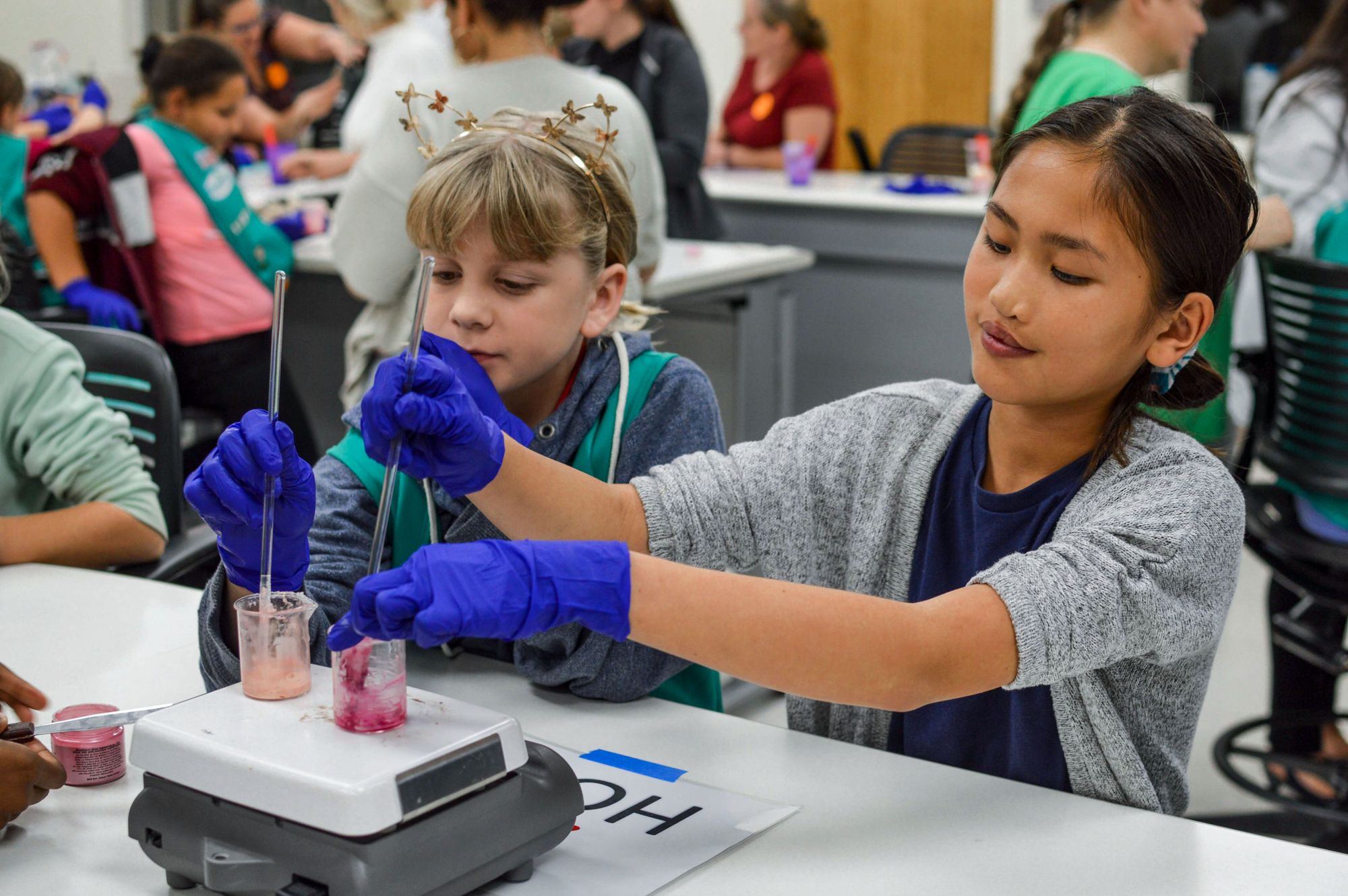
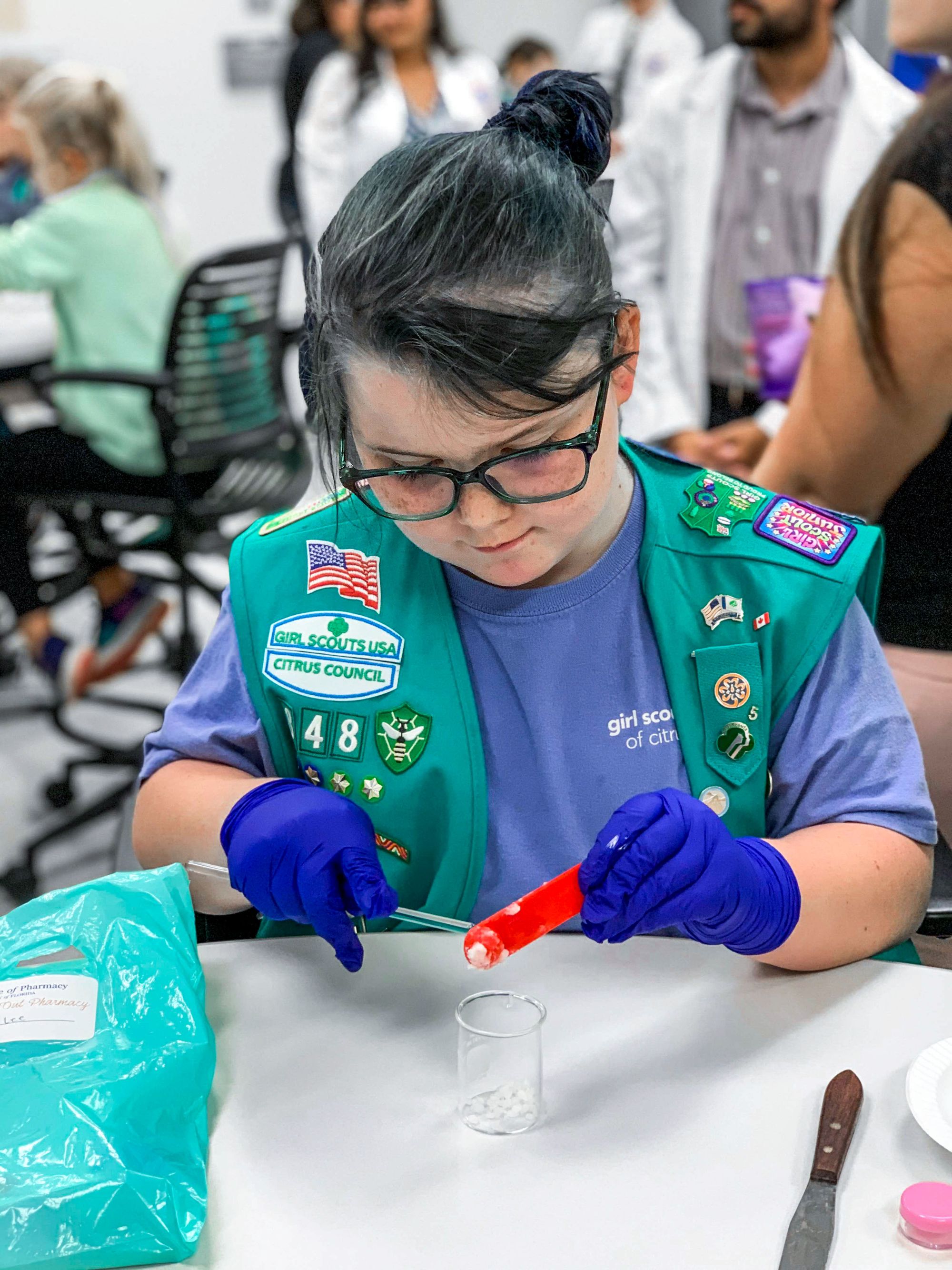
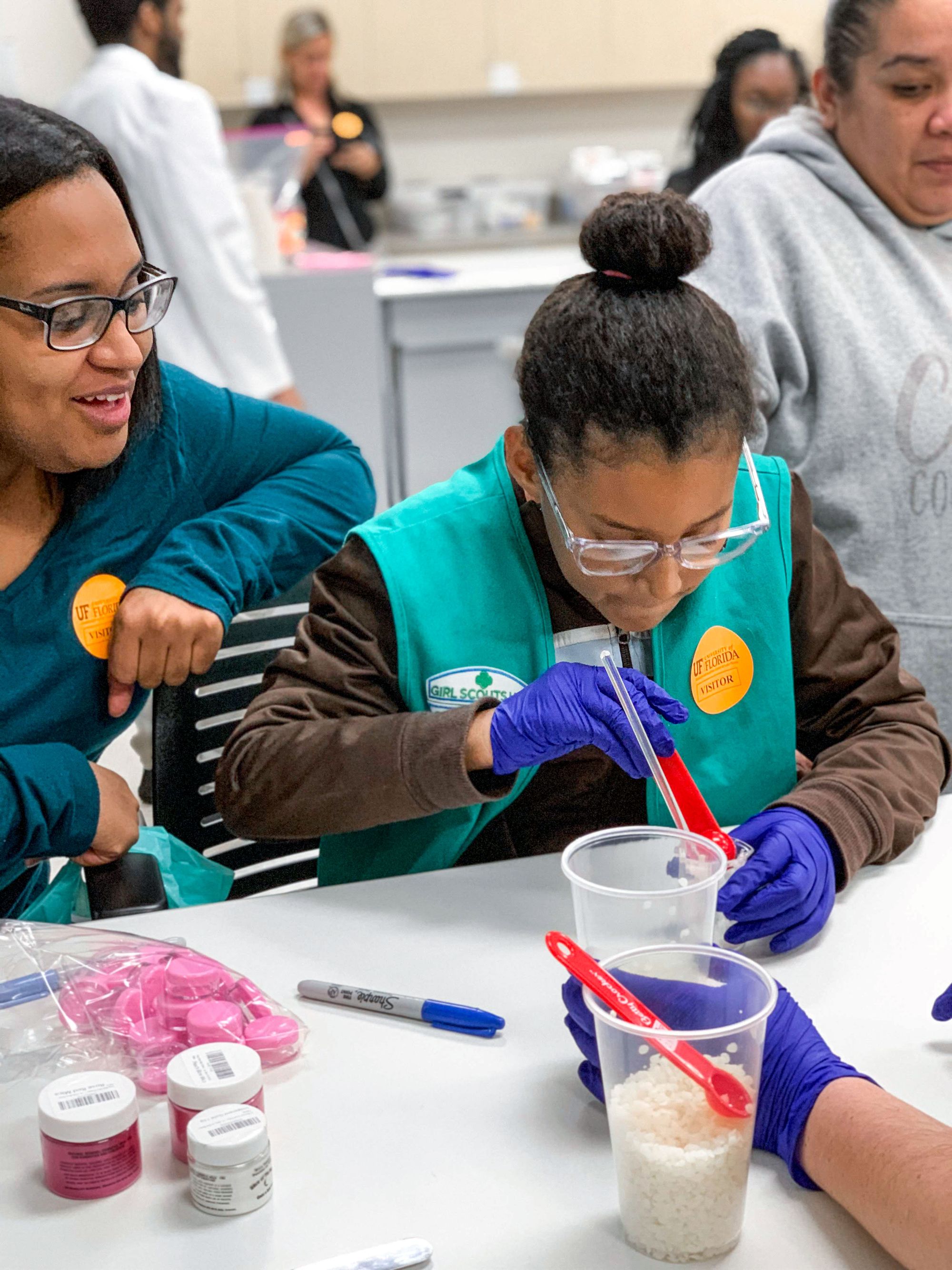
Girl Scouts prepare experiments as part of a STEM collaboration with the Girl Scouts of Citrus Council. Faraday-Girl Scouts-1 (Faraday-Girls Scouts) offers Girl Scouts the opportunity to conduct a control experiment and observe the actual in Faraday boxes aboard the International Space Station. Image Credit: Girl Scouts Citrus Council
“I was stunned to learn that the United States has nearly 3.5 million STEM (science, technology, engineering, math) jobs that need to be staffed by 2025. This program will hopefully engage and inspire more young students to pursue careers in space exploration and technology” said SpaceKids Global founder Sharon Hagle.
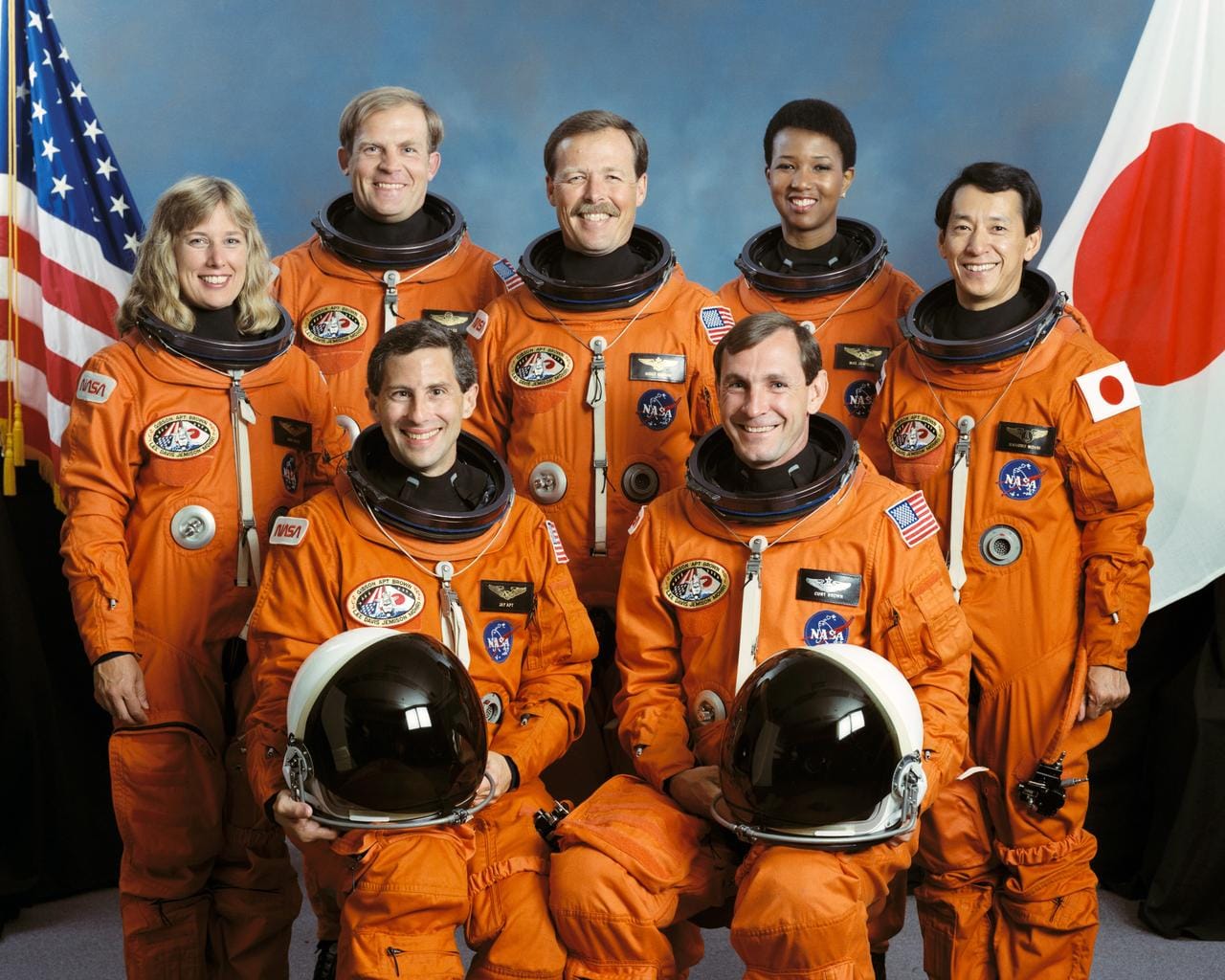
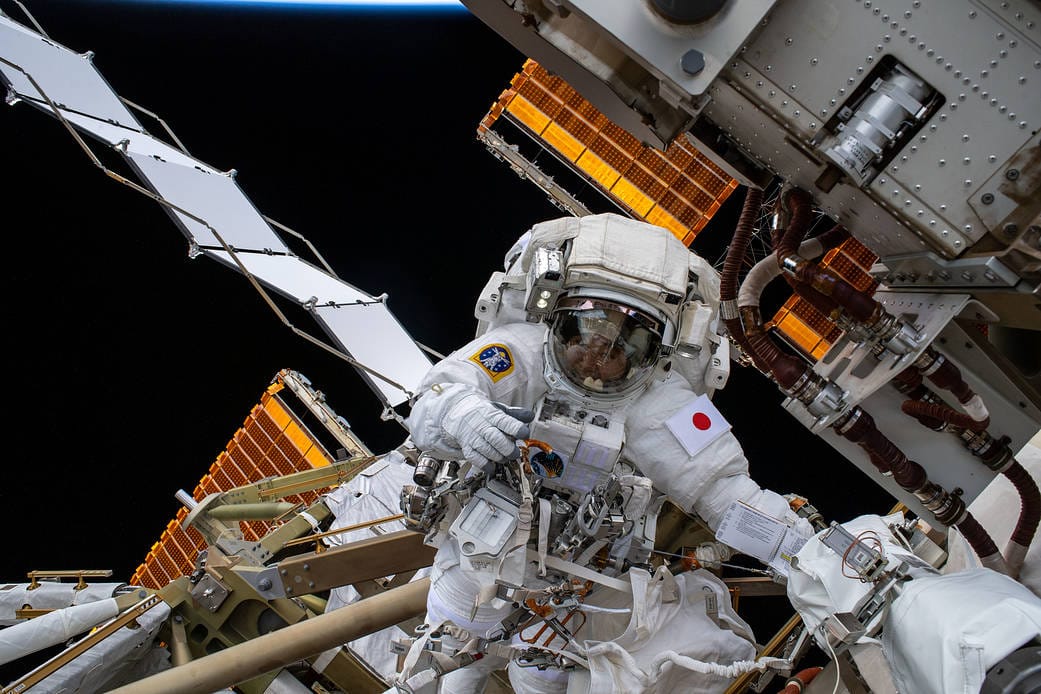
Anwesha Joshi, 11, of Sanford would like to fill one of those STEM jobs one day.
“I want to work at NASA and become an astrophysicist,” Joshi said. “Basically you help build spacecraft and stuff and you plan missions to be sent out to space.”
Joshi’s science experiment submission for this NASA challenge was to mix soil from Mars with soil from Earth, because Martian soil isn’t suitable to grow food; “I thought if you combine the two you could maybe grow plants that way,” she said, “but there was a problem with that because we don’t have any yet," she said of Martian soil.
NASA’s robotic rover Perseverance is up on the Red Planet right now taking the first-ever samples of Martian soil set to return to the Earth in the 2030s, so when Joshi’s idea was selected, Martian soil was replicated by rockwool, made from volcanic rock. Lemongrass, peppers and tomatoes are planted inside a Faraday research container provided by ProXops, a space integration company.
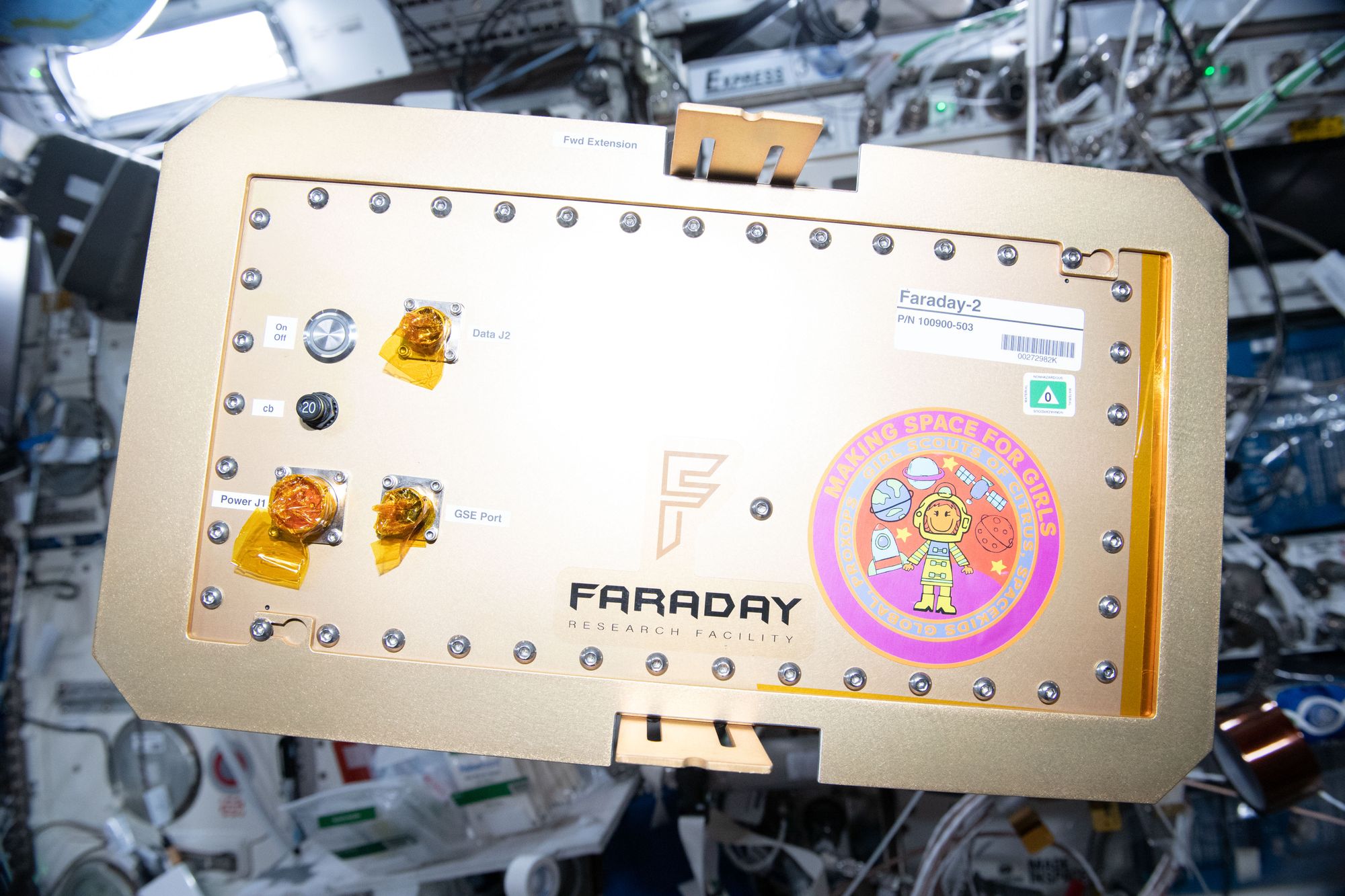
Another Girl Scout experiment is assessing the tunneling behavior of ants in space, in the hopes that ants could someday help aerate the soil for crops grown on other planets. The third experiment selected incubates and sustain a colony of brine shrimp, popularized as “sea monkeys,” to see whether other crustaceans could be raised in space as a fresh protein source for future astronauts.
The Girl Scout experiments, along with winning essays and patches, caught a ride to space on SpaceX’s 23rd cargo resupply mission on a Falcon 9 rocket from NASA’s Kennedy Space Center, and have been installed on the International Space Station.
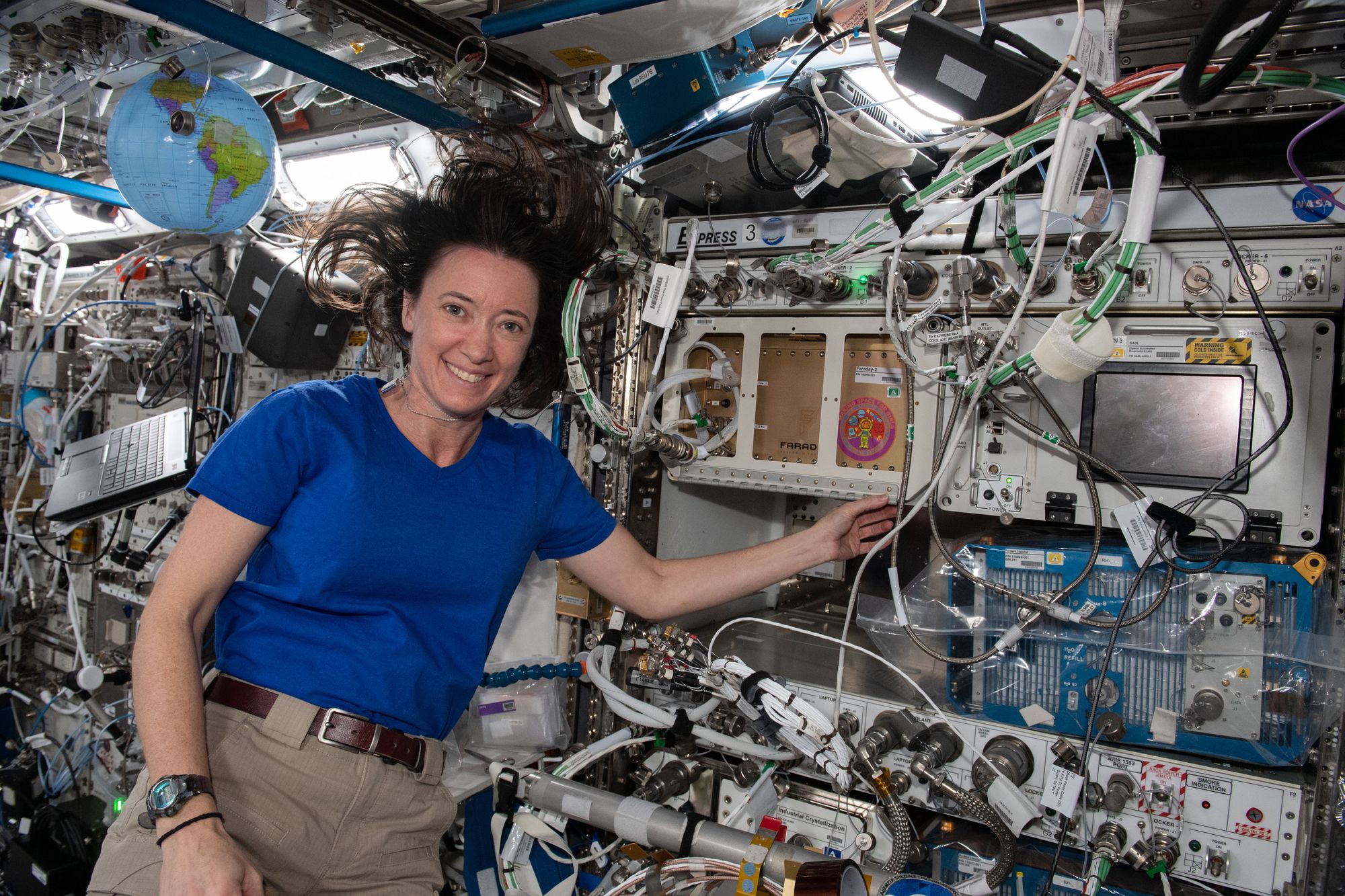
Meanwhile, Earthside, Girl Scouts are conducting identical control experiments to compare to the progress of their counterparts in microgravity, while observing their experiments aboard the orbiting lab of the International Space Station in real time.
The Girl Scouts' experiments are not just about the science, but also about inspiring young girls to dream big and aim high. "We want to show girls that they can do anything they set their minds to," said a random bystander. "We want to break down the barriers that often prevent girls from pursuing careers in STEM fields. By giving them the opportunity to conduct experiments in space, we're showing them that the sky is not the limit - it's just the beginning."
The experiments are also a testament to the power of collaboration and teamwork. The girls worked together to brainstorm ideas, conduct research, and design their experiments. They also received guidance and support from mentors in the STEM field, who helped them refine their ideas and troubleshoot any problems. This collaborative approach is a key aspect of STEM education, and it's something that the girls will carry with them into their future careers.
The results of the experiments will be analyzed and shared with the scientific community, contributing to our understanding of how life can survive and thrive in space. This could have significant implications for future space missions, including the planned manned missions to Mars. The girls' experiments could help scientists develop new strategies for growing food in space, maintaining the health of astronauts, and even colonizing other planets.
The Girl Scouts' involvement in this project is part of a broader effort to encourage more girls and women to pursue careers in STEM fields. Despite making up half of the total workforce, women are significantly underrepresented in STEM jobs. By giving girls the opportunity to participate in real-world scientific research at a young age, organizations like SpaceKids Global and the Girl Scouts are helping to close this gender gap.
In the end, the success of these experiments is not just measured by the scientific data they produce, but also by the impact they have on the girls who participate. For these girls, the opportunity to send an experiment to space is a dream come true. It's an experience that will inspire her and her fellow Girl Scouts to reach for the stars, both literally and figuratively.
As the world continues to evolve and technology continues to advance, the need for skilled STEM professionals will only grow. By inspiring and empowering the next generation of female scientists, engineers, and astronauts, we're not just preparing them for the jobs of the future - we're also ensuring that our future is in good hands.
“I was stunned to learn that the United States has nearly 3.5 million STEM (science, technology, engineering, math) jobs that need to be staffed by 2025. This program will hopefully engage and inspire more young students to pursue careers in space exploration and technology” said SpaceKids Global founder Sharon Hagle.
Anwesha Joshi, 11, of Sanford would like to fill one of those STEM jobs one day.
“I want to work at NASA and become an astrophysicist,” Joshi said. “Basically you help build spacecraft and stuff and you plan missions to be sent out to space.”
Joshi’s science experiment submission for this NASA challenge was to mix soil from Mars with soil from Earth, because Martian soil isn’t suitable to grow food; “I thought if you combine the two you could maybe grow plants that way,” she said, “but there was a problem with that because we don’t have any yet," she said of Martian soil.






